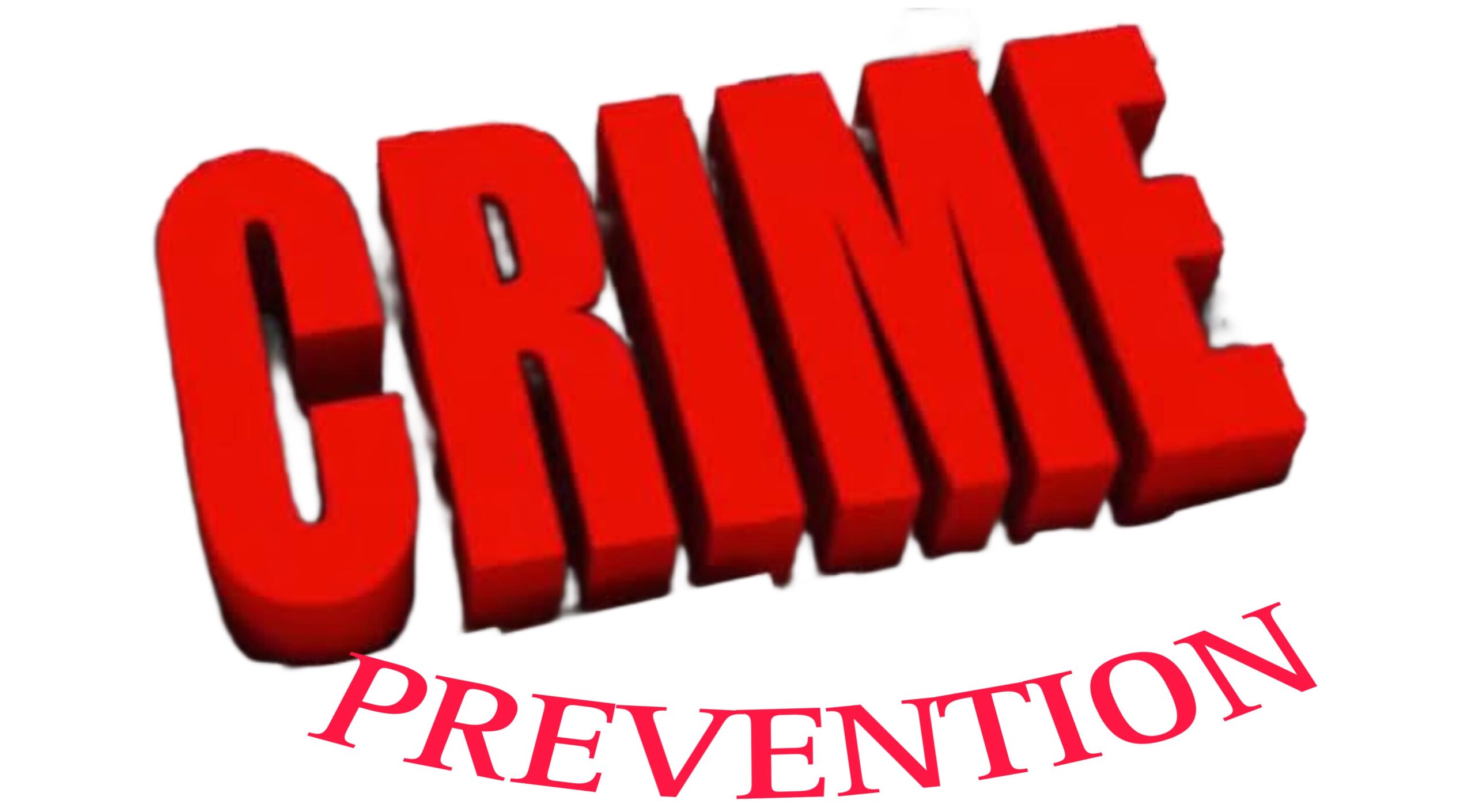Crime Classified as a Misdemeanor in the United States


In the United States, crimes are sorted into different categories, each carrying distinct legal implications and penalties. A significant distinction lies between felonies and misdemeanors, with misdemeanors denoting less serious offenses and resulting in comparatively lighter consequences. This article explores the nuances of misdemeanor offenses, exploring their definition, classifications, and the consequences they entail.
Misdemeanors encompass a wide range of offenses, spanning from minor violations to more serious transgressions. Examples of misdemeanor offenses include petty theft, simple assault, disorderly conduct, trespassing, and public intoxication. While these offenses are generally considered less severe than felonies, they still incur legal repercussions.
For instance, petty theft involves unlawfully taking someone’s property or services valued below a specified monetary threshold, often constituting a misdemeanor. Simple assault, another misdemeanor, involves non-aggravated physical harm or the threat of harm to another person. Disorderly conduct pertains to disruptive or unruly behavior in public spaces, leading to disturbances.
Trespassing, the act of entering someone else’s property without permission, is frequently classified as a misdemeanor. Public intoxication, although not universally a misdemeanor, is treated as such in many jurisdictions when individuals consume alcohol or drugs to the point of impairment in public settings.
Penalties for misdemeanors vary but typically include fines, probation, community service, or short-term incarceration in a local jail rather than a state or federal prison. In contrast to felonies, which often result in longer prison sentences, misdemeanors aim to address less severe offenses with a focus on rehabilitation and community consequences.
It’s crucial to note that while the examples mentioned generally fall under misdemeanors, the exact classification and consequences can vary by state. Each state maintains its legal code, leading to potential differences in crime definitions and penalties. Additionally, the severity of a particular misdemeanor charge may impact the penalties imposed.
In the U.S., misdemeanor offenses are primarily governed by state laws, introducing some variations in specifics from state to state. Despite these differences, certain common principles prevail across jurisdictions, including :
Classification of Crimes
Misdemeanors are categorized as less serious crimes compared to felonies. They are often further divided into classes or degrees based on the severity of the offense.
Penalties
Misdemeanor penalties typically include fines, probation, community service, counseling, restitution, and short-term imprisonment in a local jail rather than a state or federal prison.
Jail sentences for misdemeanors are usually for less than one year.
Criminal Records
Misdemeanor convictions result in a criminal record, which can affect employment, housing, and other aspects of life. Some states allow for expungement or sealing of misdemeanor records under certain conditions.
Legal Process
Misdemeanor cases typically go through a less formal legal process than felonies. In many cases, individuals charged with misdemeanors may have the option of a plea bargain.
Right to Legal Representation
Individuals facing misdemeanor charges have the right to legal representation. Public defenders are often provided for those who cannot afford a private attorney.
Statute of Limitations
There is a time limit within which misdemeanor charges must be filed, known as the statute of limitations.
Juvenile Misdemeanors
Some states have specific juvenile courts to handle misdemeanor offenses committed by minors.
The focus in juvenile cases is often on rehabilitation rather than punishment.
Domestic Violence Misdemeanors
Certain misdemeanor offenses, particularly those related to domestic violence, may have specific legal procedures and consequences.
Conclusion
misdemeanors in the United States encompass a spectrum of offenses necessitating legal intervention, though they are less severe than felonies. A nuanced understanding of which crimes qualify as misdemeanors is essential for legal professionals and the general public alike. This classification system plays a pivotal role in the legal system’s pursuit of justice by tailoring appropriate consequences to a diverse range of offenses.



